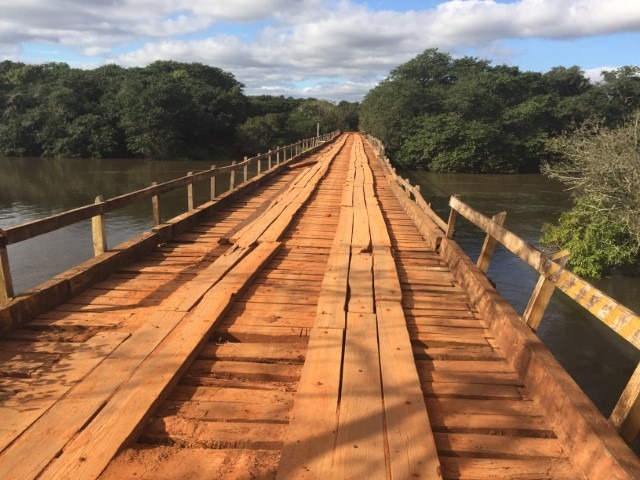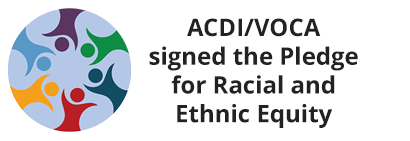
Building the capacity of communities to prepare for climate shocks
RELATED NEWS
SUMMARY
Severe climate variances have demonstrated their impact in Paraguay in recent years, testing the government of Paraguay’s ability to manage and mitigate disaster risks and further stressing vulnerable households’ ability to manage shocks and stresses caused by natural hazards. Most notably, the 2015–2016 El Niño and La Niña seasons triggered states of emergency in seven of Paraguay’s 17 departments and displaced more than 130,000 people. An international study conducted in 2015 placed Paraguay as the least-prepared country in Latin America and the Caribbean to confront climatic emergencies. Paraguayan institutions and communities affected by emergencies demonstrate a low level of preparation or adaptation capacity to cope with cyclical climatic emergencies, suffering from the same vulnerabilities year after year. Smallholder farmers are often forced to absorb the greatest losses in the agriculture sector due to extreme weather events, given their lack of adequate risk management mechanisms.
Objectives
The Promoting Risk and Emergency Preparedness (PREP) program was built on the premise that the key to achieving effective interventions in disaster risk management is to build skilled human resources, improve systems for information collection and analysis, and promote strong vertical linkages among communities and institutions at the municipal, departmental, and national levels.
In the target departments of Caazapá and Presidente Hayes, our overall objective was to increase the ability of the government of Paraguay and vulnerable households in program intervention areas to prepare for, mitigate, and adapt to shocks and stresses caused by natural hazards using structural and nonstructural strategies that could be replicated in other communities.
The project focused on two principal objectives:
1) Strengthen risk management policy and practice in institutions and households
2) Improve household resilience to climate-induced shocks and stresses in agriculture and food security
Project Activities & Approaches
- Strengthened the government of Paraguay’s multilevel linkages and abilities for effective disaster risk reduction (DRR) preparedness and response at all levels. Governmental institutions are now in better condition to manage risks and respond to disasters in the target regions.
- Developed DRR tools, procedures, guidelines, protocols, and best practices that have been made available to the government and stakeholders and can be replicated in other regions in Paraguay
- Created and strengthened municipal councils for risk management and reduction, community-level risk management teams, first aid brigades, damage assessment and needs analysis teams, and forest fire response brigades in target municipalities
- Implemented horticulture plots for 500 beneficiary families in target areas to increase sustainable food production for households vulnerable to cyclical climatic events
- Piloted mobile animal shelters designed to withstand the most common natural hazards, including flash floods, windstorms, drought, and hailstorms, for the first time in Paraguay
- Trained households in food preservation and planning to increase food self-sufficiency throughout the year
Anticipated Project Results
- Trained 2,151 people in disaster preparedness, mitigation, and management
- Strengthened the ability of vulnerable households to prepare for, mitigate, and adapt to shocks and stresses caused by natural hazards through a people-centered, multi-sector approach
- Created and incorporated a culture of prevention and resilience to natural disaster events in communities and families
- Developed national and municipal-level agro-climatic risk maps and socioeconomic vulnerability maps to improve agro-climatic information available to institutions and communities
- Reached 3,129 people with improved seed systems and agricultural input activities, decreasing the probability of an acute decline in food access or consumption due to weather disturbances through a prevention and mitigation strategy
- Increased the number of months of food self-sufficiency to one and a half months for beneficiary families in communities with high food insecurity
Funder: USAID/OFDA
Contact: Lucas Valente da Costa, lvalentedacosta@acdivoca.org



